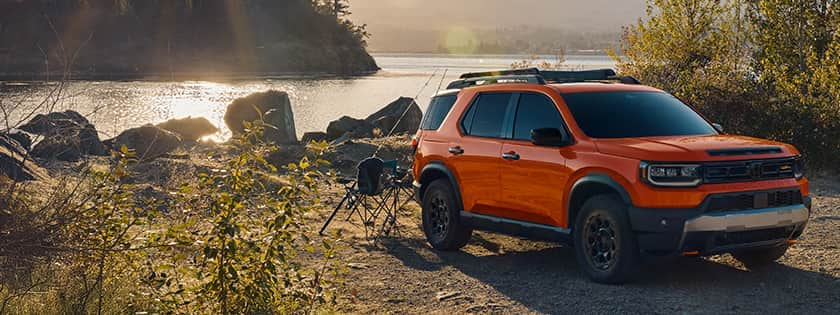How To Get Above Water
There is no silver bullet that will magically get rid of the negative equity. Your options are to deal with the situation either now or later. Here's how:
Stick With Your Current Car: You probably don't want to hear this, but the best strategy for getting above water is to scrap plans for a new car and stay with the one you have. You'll need to keep it at least until you reach a break-even point in the loan. Ideally, you'll want the value of the car to outweigh the amount you owe.
If you've brought a balance over from a previous car, you might never break even at all, at which point paying off the loan outright is your only recourse.
To get above water faster, try to make larger payments, if your budget will allow it. You might also consider refinancing the loan. This will lower the interest rate and bring down the monthly payments.
Roll the Balance Into a New Car Loan: This is the most common method that people use because it doesn't cost them anything out of pocket. The dealership will roll over what you owe on the trade-in vehicle into the new car's loan. It offers a convenient way to buy the new car, but your monthly payments will be higher. You will not only be paying interest on the new loan, but also on the balance of what you owe on the previous car.
Incentives could reduce that balance, or even potentially erase the negative equity. For example, if a person was $1,500 upside down on the trade-in car and wanted to buy a new car that had a $2,500 rebate, he or she could erase the negative equity and still have $1,000 for a down payment on the new car.
Note, however, that cars with heavy incentives tend to have lower resale value for at least three years, according to Edmunds pricing analysts. This means you will be upside down for a longer period of time. In other words, it will take more time for this car to be available as a free-and-clear trade-in.
Roll the Debt Into a New Car Lease: An alternate strategy is to lease the car rather than finance the purchase of it. The approach is largely the same: You trade in your car that has an outstanding loan balance. The balance is factored into the lease. You will still deal with higher than normal monthly payments, but at the end of the lease (typically three years), you are no longer upside down. If you qualify for a lease special with a low monthly payment, such as the $299 or less deals that have become increasingly common , it can soften the blow of carrying along the negative equity. You won't have to worry about any of the resale value issues since the car goes back to the dealership at the end of the lease.
But therein lies the rub. You don't have a car to use as a trade-in toward your next purchase. Your options are to lease again or finance your next new or used car purchase.


 by
by 


